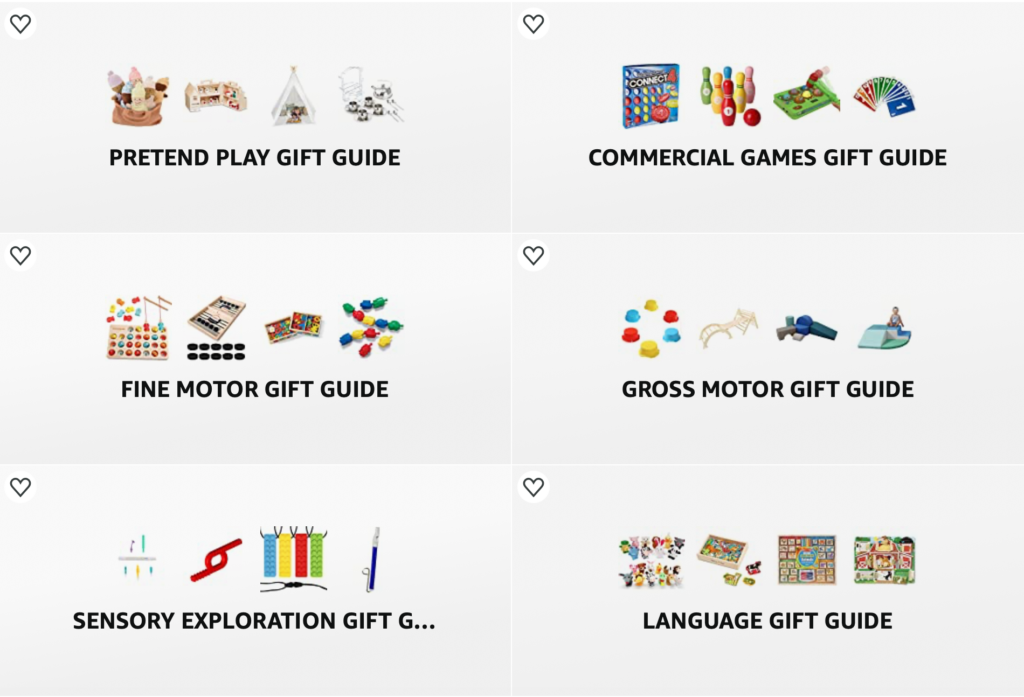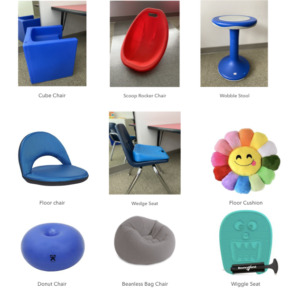Learning to talk is a complex task! It’s no wonder some kids take awhile to get started. Most of us think of talking as just saying words but it involves much more than that.
Would you like to help your child say their first words?
Try out some of these tips.
Play with your child
A child must possess certain cognitive abilities before they are able to communicate. Laura Mize, SLP and author of Teach Me to Talk, suggests building blocks to a child’s first words include the ability to understand cause and effect and comprehend object permanence. Does your child understand that their actions can cause something to happen? Playing with toys such as Jack in the Box, Busy boxes, and musical instruments will help teach these skills. Try playing games such as peek a boo, and hide and seek to build object permanence. Through these activities your child will learn that they can use words or actions to cause an adult to do something for them.
Engage your child
In order for a child to imitate your words or actions, you must be able to get their attention. You can gauge your child’s ability to attend by answering the following questions: Does your child attend to your face? Will your child try to play with you? Does your little one enjoy being with people?
It is necessary to get your child engaged before you begin to model gestures or words for them.
Look for things they are interested in and follow their lead. Get down on their level, use exaggerated facial expressions, try a sing -songy voice, and exaggerate your actions so you are impossible to miss!
Imitation
Copying movements and sounds is one of the most important steps for developing words. Start with getting your child to imitate movements (i.e. waving, clapping, banging on objects, throwing a ball). Pair a sound with an action; such as “boom boom while hitting a drum, or “whee” when going down a slide. These types of copying should eventually lead to imitation of real words and phrases.
Baby signs
Signs have been shown to help reduce a child’s frustrations, build bonds between parent and child, and bridge the communication gap before your child is able to talk . Signing will not deter language development. Choose baby signs that are functional and versatile such as “milk”, “eat”, “mom” and “dad”. Keep in mind that just as kids’ first words don’t always sound perfect, neither will their signs be perfect. Reward their efforts!
Model appropriate language for your child
Children typically learn the meaning of words before they say the word. Talk to your toddler throughout the day using simplified language to label objects, and to describe what’s going on around them. Imitate their attempts to “talk”, to teach them the back and forth nature of communication.
Read to your child
Reading to your child will help build key language skills. Choose books with large, colorful pictures and actions. Label each word while pointing to each one. Help your child to begin pointing to them as you read. Choose books that have predictable text such as Brown Bear Brown Bear. or 5 Little Monkeys Jumping on the Bed and omit predictable words, giving your child an opportunity to “fill in the blank”.
If you continue to have concerns about whether your child’s language is progressing appropriately, BDI Playhouse Children’s Therapy, offers free screenings by certified Speech-Language Pathologists. Check out our website for Parent and Child Classes, which provide a fun learning environment for you and your child to practice new language strategies.
Written by: Sheila Trout M.A.; CCC-Speech-Language Pathologist
Oops!
This appointment does not exist.











